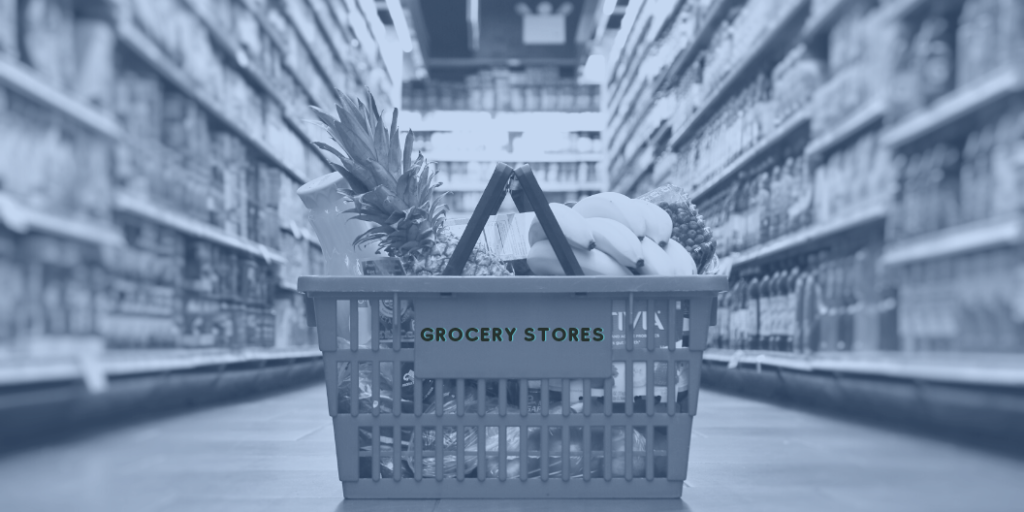When we talk to most retailers about pricing, they tend to fall into two categories. Most apply a target profit margin across all product lines, while others use a combination of cost, sales volume and price to arrive at target profit levels.
Many of these businesses lack a solid understanding of who their most profitable customers are, and as a result have their salespeople servicing customers who are unprofitable.
With a better understanding of their customers, as well as a more nuanced approach to pricing, these companies have the opportunity to use price as an important resource in developing their competitive advantage.
Strategy Missteps
Most businesses rely on Excel formulas to arrive at a price. Those formulas, however, often apply a one-strategy that fits all to their pricing, without taking the customer into account. It fails to segment customers in any way, leaving profits on the table.
Other businesses direct their resources toward larger customers, who may buy in large volumes but ultimately deliver low profits. Meanwhile, higher profit, smaller sized customers are underserved, and ultimately take their business elsewhere.
Create a Customer-Centric Pricing Strategy
Developing a pricing strategy starts with understanding your customer niche in your industry. Is your target market looking for the best quality product? Or are they looking for low cost, low service products?
Each of these markets require a different pricing strategy, but you’ll only reach that conclusion once you understand your customer and their needs. One company we worked with priced their product at $69, and sales were poor. After researching the issue, they realized that their product actually serviced two distinct markets, and their pricing failed both.
Professionals, who were looking for a robust product, saw the low price and immediately discounted the quality. Laymen saw the price as too high for their needs. After understanding the issue, the company decided to target the smaller but more profitable professional segment. They increased their price to $119 and saw sales increase as customers perceived a higher quality product.
Real Time Data
Real time data is another key element in applying a customer-based pricing strategy. By reacting to events impacting your customers, your strategy can dictate price fluctuations that mirror demand.
For example, if your customers tend to prefer a specific genre of music, and a star announces tour dates and concerts leading to increased web traffic on your site, you can adjust prices accordingly, to take advantage of the increased demand.
Maximize Profits Through Price
Employing the right price optimization strategy to customer segments isn’t easy. It requires data, analysis, and discipline, all of which requires more time and resources than simply adding a flat 12% margin across all lines of business.
However, businesses that take the time to know their customers and understand their buying habits position themselves to increase profits through price manipulations.









